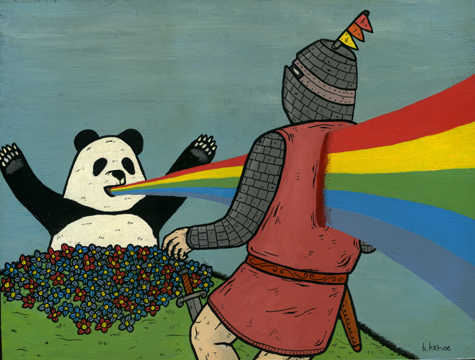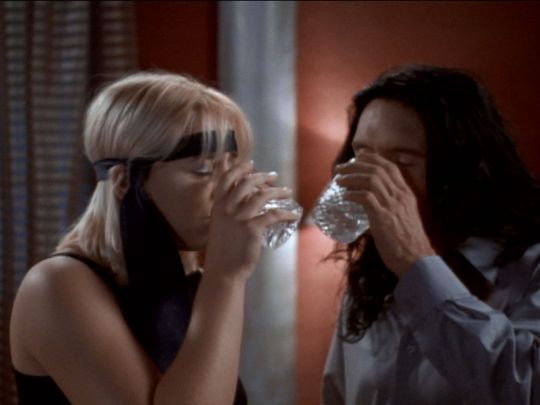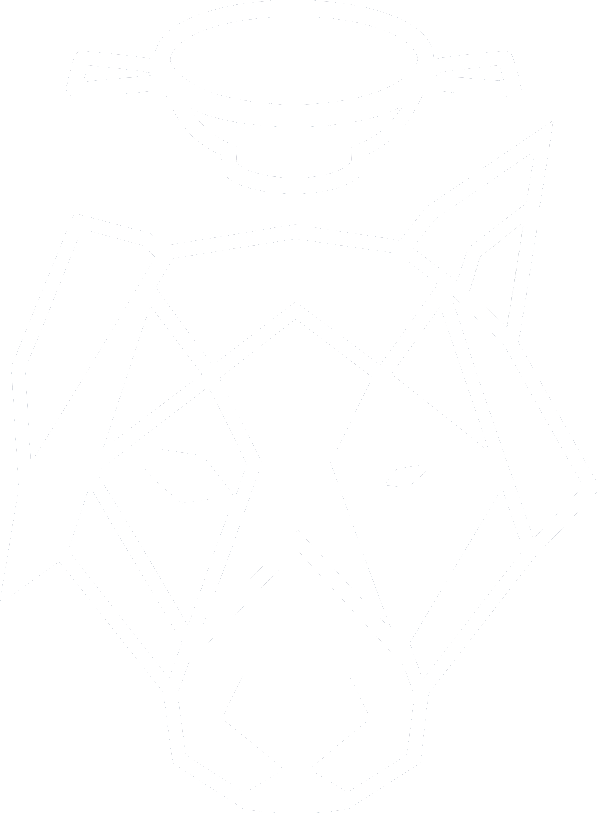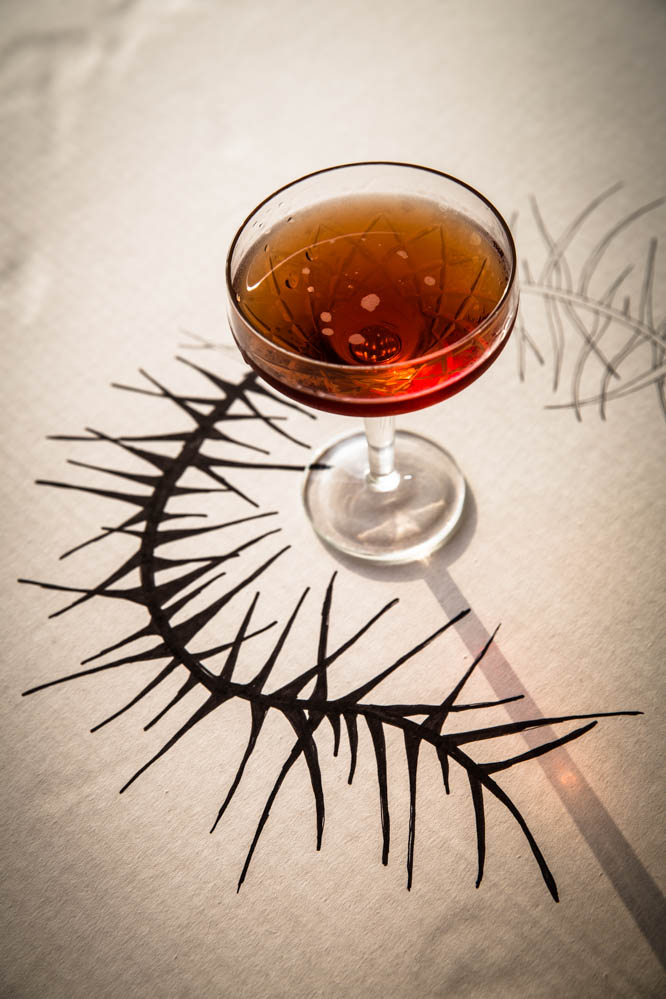Sometimes we just need to bring something back for it to become a success. That’s what I thought after watching the film The Disaster Artist, directed by actor James Franco. The Disaster Artist is based on another film: The Room. Written and directed by an odd individual called Tommy Wiseau, The Room is widely considered the worst in the entire world. Franco’s film is really cool and genuinely made me want to watch Wiseau’s – and I’m not the only one. The internet is packed with reports of people who watched one after the other.
I would not dare to ffirm that The Room is the worst film in the entire world, because I haven’t seen all the films in the entire world, but I will say this – it’s pretty bad. The worst part is the script – it makes absolutely no sense. What I’m about to write will seem a bit random, but at home we have a cat. Sometimes I notice he looks at me weirdly when I’m doing something and he doesn’t understand why, like taking a shower or brushing my teeth. I think if our cat suddenly became more intelligent and decided to direct a film, he would probably make something like The Room in his efforts to reproduce human behaviour.
In a way, I was expecting a disastrous film, but I also thought there might be some redeeming quality. There isn’t. Everything is terrible and not terrible according to normal standards. The Room is a special type of terrible. It is so bad that despite box office failure it has gained ‘cult’ status years later. Thanks to the internet, which revels in anything unbelievably bad, and James Franco’s film, The Room has been brought back from oblivion – where, by the way, it should have remained to become a trash icon.

Something very similar happened with a cocktail: The Blackthorne. Its first appearance was in 1900 in Harry Johnson’s Bartender’s Manual. The drink also featured in Robert Vermeire’s book Cocktails, How to Mix Them published in 1922. Johnson and Vermeire’s recipe for Blackthorn (at that time written without the elegant “e” at the end) carried equal parts vermouth and Irish whiskey as well as absinthe and bitters. A boring, unbalanced cocktail doomed to oblivion…
However, in his 2003 book The Joy of Mixology, Gary Regan decided to bring the drink back and with two relatively simple changes, it has transformed into one that deserves to be remembered. Regan increased the proportion of Irish whiskey, so that the base of the cocktail stood out more and replaced the dashes of absinthe with a wash of the glass. It became more like something recognisable – a Manhattan – Regan had guaranteed the survival of the outcast Blackthorn, which gained an extra “e” for some added charm.

There is a curious phenomenon about the cocktail, which I failed to mention before. It shares its name with another cocktail made of Sloe Gin, bitters and orange. This makes a lot of sense, considering the name, as the fruit of the blackthorn tree is used in the production of sloe gin. However, to avoid confusion, many refer to Blackthorn whisky as Irish Blackthorn(e), while the gin cocktail is referred to as English Blackthorn.
The recipe for Blackthorne also has a number of variations. Difford’s Guide, for example, changes the proportions of Regan’s recipe, uses Boker’s bitters and two different vermouths – one dry and one red, which in this canine’s opinion is an excellent idea. This change brings more freshness to the cocktail, distances it from the Manhattan and gives it its own identity. The Bartender, who introduced me to the cocktail, Paulo Cesar Corghis, even uses only dry vermouth.
So, dear readers, open your mental notebooks to a clean page so that you never forget. This is Blackthorne, the Manhattan’s Irish cousin, saved from being forgotten to make things a little better and by that, I mean it’s one of those that deserves to be brought back.
BLACKTHORNE
INGREDIENTS
- 2 parts of Irish Whiskey (the only one available in Brazil is Jameson – you can use it, it works well).
- 1 part of red vermouth (or 1/2 dose of red vermouth and 1/2 dose of dry vermouth. See preparation notes)
- 3 dashes of Angostura Bitters
- Absinthe to coat the glass.
- All the paraphernalia that you already know (mixing glass, cocktail spoon, cocktail or martini glass and ice, of course, ice)
PREPARATION
- Rinse a Martini glass with absinthe. Be careful not to use too much. Absinthe can easily overpower some of the other cocktail flavours. Discard the excess (or drink it, I’ve already done this, I know you want to too).
- Add the ice, Irish whiskey, vermouth* and angostura in a mixing glass. Stir until chilled and then pour into a glass, draining off the ice.
- Ready! Drink watching a good film – and no, drinking it in while watching The Room doesn’t enhance the experience.
* If you find the taste of absinthe too strong, or too sweet, try replacing half of the dose with a dry white vermouth such as Noilly Prat. This will make the Irish whiskey stand out a little more and add a very interesting herbal aroma to Blackthorne. There is even a variation that uses only dry vermouth published in Larousse Cocktails.

